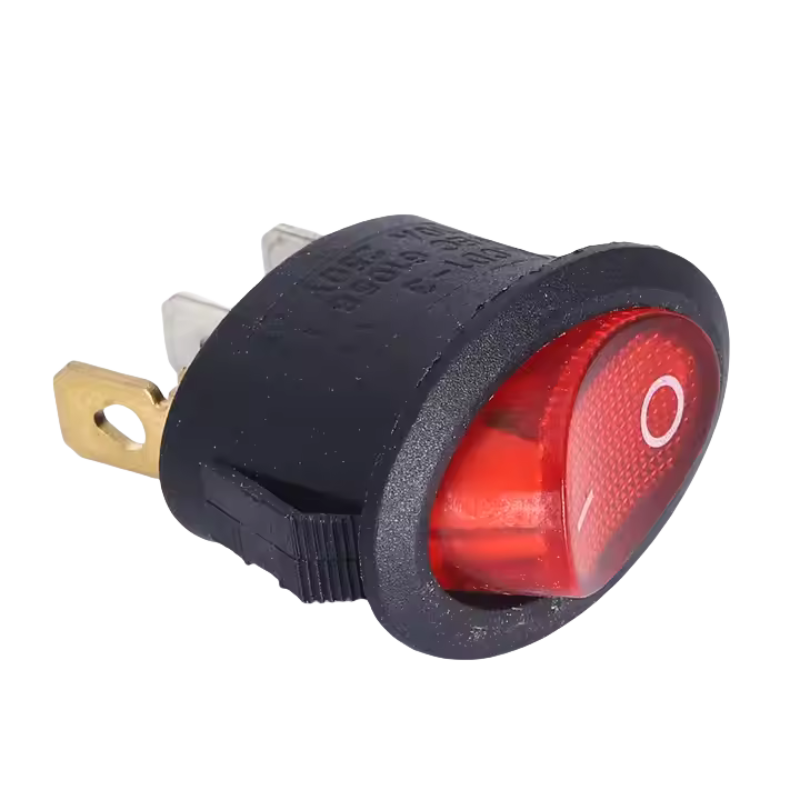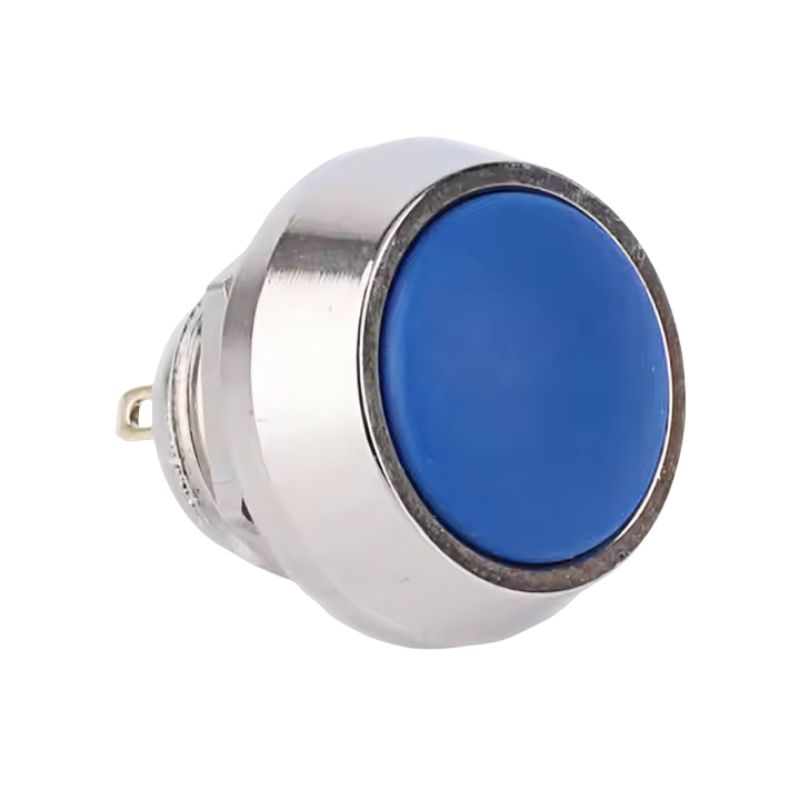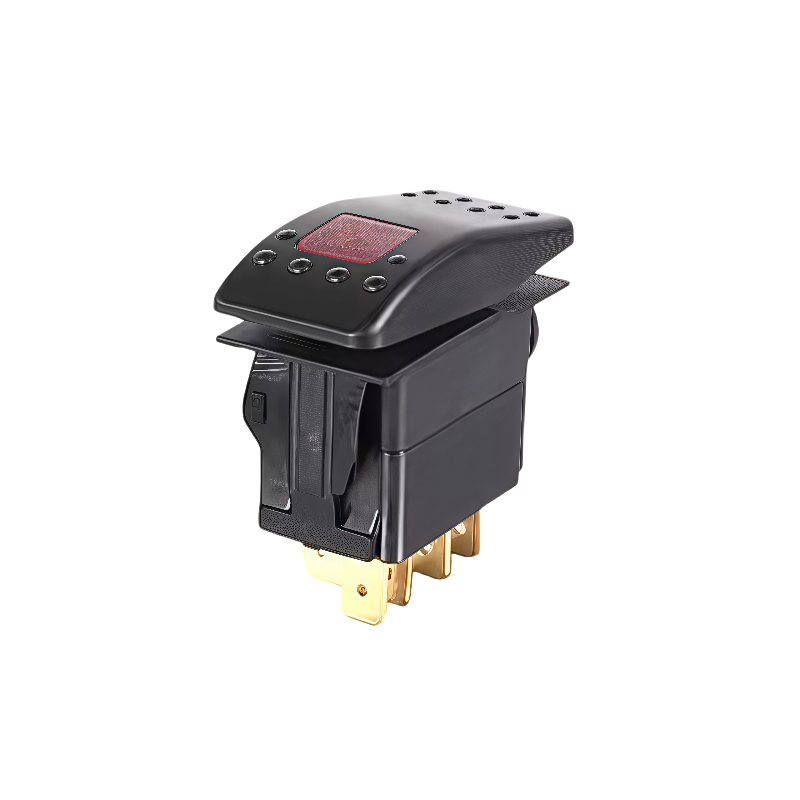Rocker switches – those simple, elegant rectangles controlling light and function in our homes – are often overlooked heroes of interior design and electrical safety. Moving beyond the humble toggle switch, rockers offer a blend of modern aesthetics, ergonomic ease, and reliable performance. But with countless options available, how do you choose the right one? This comprehensive guide dives deep into everything you need to know.
Why Rocker Switches Reign Supreme
Effortless Operation: The broad, flat paddle activates with a simple press anywhere on its surface – ideal for when your hands are full, for those with limited dexterity, or just for pure convenience in the dark. No more fumbling for a small toggle lever.
Modern & Streamlined Aesthetic: Rocker switches boast clean lines and a low profile, seamlessly integrating into contemporary minimalist, Scandinavian, or any style favoring uncluttered design. They look less “industrial” than traditional toggles.
Enhanced Safety: The smooth surface lacks crevices where dust or spills can accumulate compared to some older styles. Their larger size also makes accidental activation slightly less likely than with tiny toggles.
Durability: Quality rocker switches are built for years of reliable, silent operation. The internal mechanism is robust and designed for high cycle counts (often 50,000+ presses).
Versatility: Available for virtually every function – standard lighting, dimming, fan speed control, GFCI/AFCI protection, USB charging, night lights, and more.
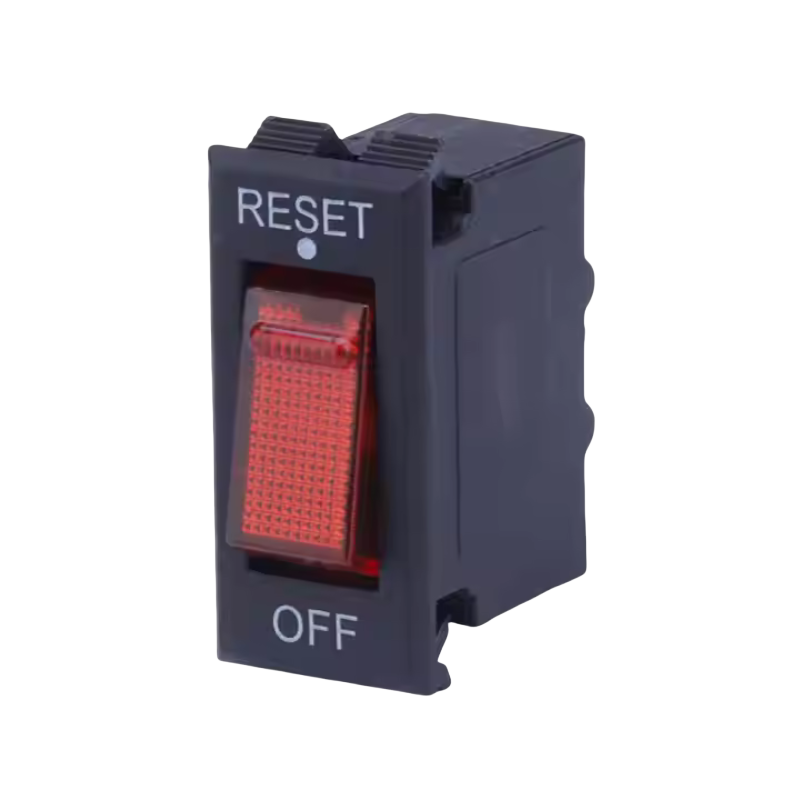
Decoding Rocker Switch Anatomy & Key Features
Understanding the components helps you make informed choices:
The Rocker Paddle: The visible, movable part. Materials range from durable thermoplastics to metal (brushed nickel, stainless steel) or even glass. Consider texture: smooth, lightly textured, or decorative patterns.
The Faceplate (Wallplate): The frame surrounding the switch. Must match the switch’s configuration (single gang, double gang, etc.) and style. Options include standard plastic, nylon, stainless steel, brass, bronze, ceramic, and screwless designs for a ultra-clean look.
Terminals: Where wires connect.
Backstab vs. Side Screw: Side screw terminals are generally considered more secure and reliable for long-term connections. Backstab can be quicker for installers but has a higher potential for failure over time.
Clamp-Style: Often the gold standard, providing a very secure connection under a tightened plate.
Internal Mechanism: The heart of the switch. Quality mechanisms ensure smooth operation, quiet clicking (or silence), and longevity. Look for robust copper alloy contacts.
Special Features:
Dimmers: Allow adjustable light levels. Ensure compatibility with your bulb type (LED, CFL, Incandescent, Halogen). Some require neutral wires.
Illuminated Rockers: Feature a small LED that glows (often green or blue) in the dark, making the switch easy to locate. Options include illuminated when OFF or ON.
Decora Style: This is a specific, larger rectangular size (roughly 1.25″ x 0.75″ visible paddle) that has become an industry standard in North America, offering a consistent look and enabling interchangeable functions within the same faceplate opening.
Smart Rocker Switches: Integrate with home automation systems (like Wi-Fi, Zigbee, Z-Wave), allowing remote control, scheduling, and voice control via assistants. Require neutral wire and compatible hub/network.
GFCI/AFCI Rockers: Combine ground fault or arc fault circuit interruption protection with switch control, crucial for kitchens, bathrooms, garages, and basements. Often have indicator lights and a TEST/RESET button.
Combination Devices: Rocker switch combined with a USB charging port, night light, or even an outlet in a single gang space.
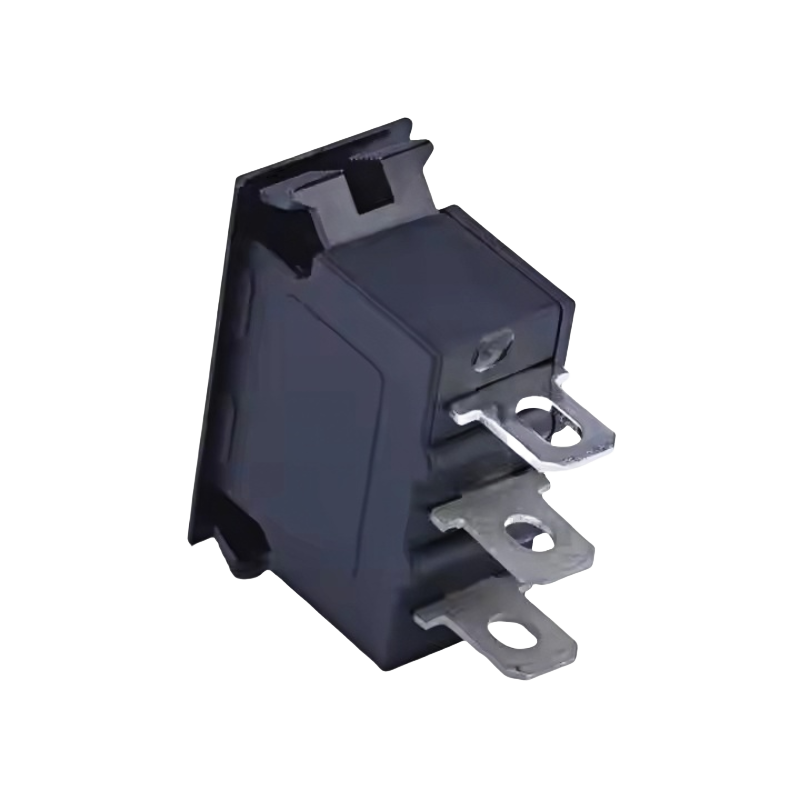
Critical Selection Criteria: Beyond Looks
Electrical Rating: Match the switch to your circuit! Standard residential switches are typically 15A or 20A, 120V AC. Verify the amperage required by the load (lights, fan) and choose accordingly. Using an under-rated switch is a fire hazard.
Function: What do you need it to do? Simple on/off? Dim? Control a fan? Provide USB power? Protect against ground faults? Ensure you purchase the correct functional type.
Wiring Requirements: This is VITAL, especially for DIYers.
Neutral Wire: Many smart switches, dimmers, and illuminated switches require a neutral wire (usually white) in the switch box. Older homes might not have this. Check your wiring before purchasing advanced switches.
Ground Wire: Essential for safety. Always ensure your switch box has a ground wire (usually bare copper or green) and connect it.
*Single-Pole vs. 3-Way/4-Way:* Single-pole controls a light from one location. 3-Way controls from two locations (e.g., top and bottom of stairs), 4-Way from three or more. Buy the correct type for your circuit.
Backbox Compatibility: Ensure the switch and its wires will fit comfortably within the electrical box (the “backbox”) in your wall. Overcrowding is unsafe and against code. Combination devices or smart switches are often bulkier.
Safety Certifications: Look for independent testing lab marks like UL (US), ETL (US), CSA (Canada), or CE (Europe). This ensures the switch meets rigorous electrical and fire safety standards. Never install uncertified electrical devices.
Quality & Durability: Price often reflects quality. Look for:
Robust internal components (copper contacts, sturdy mechanism).
High-quality, fire-retardant thermoplastics or metal construction.
Smooth, consistent operation without sticking or grinding.
Clear, legible labeling. Reputable manufacturers stand behind their products with warranties.
Aesthetic Cohesion: Consider the paddle color, finish, texture, and the faceplate style. Do they complement your outlets, cabinet hardware, faucets, and overall room decor? Screwless faceplates offer the cleanest look.
Installation Essentials: Safety First!
TURN OFF THE POWER: This is non-negotiable. Turn off the circuit breaker controlling the switch at your main electrical panel. Verify power is off using a non-contact voltage tester at the switch before touching any wires.
Read Instructions: Every switch can have specific wiring requirements. Follow the manufacturer’s diagram meticulously.
Use Proper Tools: Insulated screwdrivers, wire strippers, voltage tester.
Secure Connections: Ensure wires are tightly secured under terminal screws or clamps. Loose connections cause arcing, heat, and fire risk.
Grounding: Always connect the ground wire (green screw or terminal).
Box Fill: Don’t overload the electrical box with wires and bulky devices. If it’s too tight, consult an electrician; you may need a larger box.
When in Doubt, Call a Pro: Electrical work can be dangerous and complex. Hiring a licensed electrician ensures safety and compliance with local electrical codes.
Top Applications for Rocker Switches:
Living Rooms & Bedrooms: Standard on/off, dimmers for ambiance.
Kitchens: Illuminated switches for night visibility, GFCI switches near sinks, combination switch/outlets or switch/USB for convenience.
Bathrooms: GFCI switches are essential for safety near water sources. Humidity-resistant materials are a plus.
Hallways & Stairwells: 3-way switches for control from both ends, illuminated switches for safety at night.
Home Offices & Media Rooms: Smart switches for automation, dimmers for screen glare control.
Garages & Basements: GFCI switches, durable construction.
The Future of Rocker Switches: Smart Integration
The rocker switch is evolving. Smart rockers maintain the familiar, intuitive physical control while adding connectivity:
Remote control via smartphone app.
Voice control via Amazon Alexa, Google Assistant, Apple HomeKit/Siri.
Scheduling (turn lights on at sunset, off at bedtime).
Scene setting (activate multiple lights/devices with one press).
Energy monitoring (some models).
Geofencing (lights turn on automatically when you arrive home).
Choosing a smart switch requires considering your preferred ecosystem, hub requirements, and ensuring strong Wi-Fi/Zigbee/Z-Wave signal at the switch location.
Choosing a rocker switch involves far more than picking a color. It’s a decision impacting safety, functionality, daily convenience, and the overall aesthetic harmony of your space. By understanding the types, features, critical specifications, and safety considerations outlined in this guide, you’re empowered to make informed choices. Invest in quality, prioritize safety certifications, and don’t hesitate to consult a professional electrician for installation or complex circuits. The right rocker switch blends seamlessly into your life, providing reliable, stylish control for years to come.

